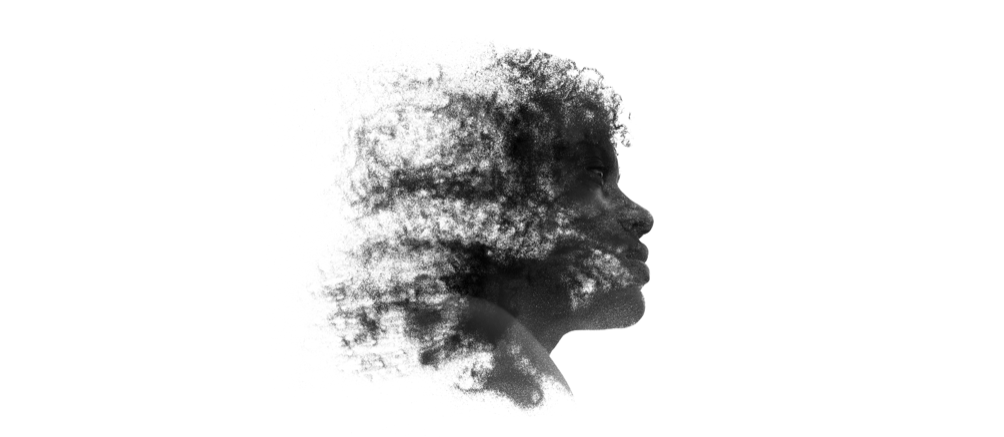The biggest threat to mental mobility is anxiety. When we are anxious, we tighten the mind. Few things produce this effect quite so rapidly as an overload of information. Unfortunately the experience of TMI—too much information —has become pandemic, a direct result of digital technologies.
Anxiety triggers our fight-or-flight response. This is one of the most powerful instinctual components of the human nervous system. It is easily activated, on the mental as on the physical level. When we’re thinking about something, or discussing it with others, we find ourselves retreating from an idea, or attacking it, without knowing exactly why. That’s an uptight use of the mind, and it limits our possibilities.
The way to reduce anxiety is to increase safety. A mind that feels safe is a mind that will move freely, with less susceptibility to fight-or-flight. But how do we create the kind of safety that serves good thinking?
The Place of Non-Reaction
The first priority is to calm our response to the data mass in front of us, to reduce our level of anxiety. We want to be completely still in the presence of a huge, complex body of information.
A helpful term to describe this stillness is “neutral”.
Neutral is the place of non-reaction. It is neither running away nor running towards. It is a place that’s relatively free of attachment. Everyone knows what this feels like. Let’s say you’re standing in your kitchen with a group of friends, who are engaged in a ferocious political argument. You suddenly find yourself floating above the fray. You’re no longer invested in one side or the other. You’re just observing. This is neutral.
We have battles going on inside our minds all the time, and it’s valuable to float above them in the same way.
Finding neutral is essential to mental mobility, because from neutral we can move in any direction at any speed. Every martial artist knows this. A master of aikido or karate can return to a completely still center in a split second, and then leap out to surprise the opponent with an unexpected move. The mind is capable of the same mastery.
Finding neutral takes no time—but it does require intention, and patient practice.
